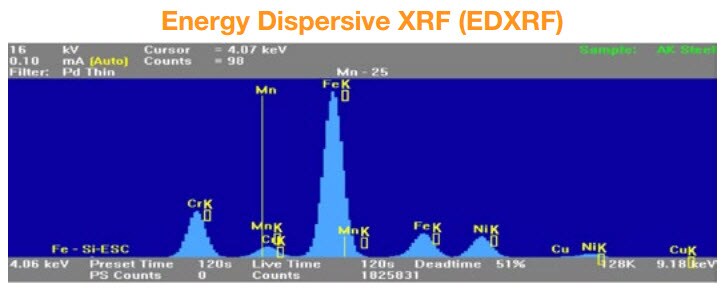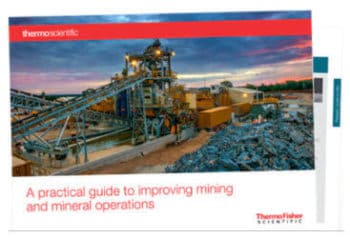A previous post, When Should You Use WDXRF Analysis in Mining? talked about the many applications of Wavelength Dispersive X-ray Fluorescence (WDXRF) in mining laboratories. But what about Energy Dispersive X-ray Fluorescence (EDXRF)?
EDXRF is suitable to handle a common application such as the determination of zinc (Zn), lead (Pb), barium (Ba), iron (Fe) and silicon (Si) in a variety of sulfide ores, as explained in this post.

Both EDXRF and WDXRF are good solutions for the chemical analysis of soil and sediment samples at the mine site, which is an important step in detecting the presence of environmental contaminates that may remain as a result of mining activities. Read Mining and the Environment: What Happens When A Mine Closes? to find out more.
EDXRF is also used to determine the authenticity of colored gemstones. Identification and quantification of characteristic combinations of trace elements at different concentrations may allow tracking of a gemstone down to its location of origin. Similarly the presence of certain trace elements also helps to distinguish between a valuable naturally formed gemstone and a worthless synthetic crystal. Where Did those Gemstones Come From? explains more about this topic.
To learn more about these XRF techniques, read Laboratory-based XRF vs. Handheld XRF: What’s the Difference? and download the ebooks: XRF in the Field: XRF Technology for the Non-Scientist and XRF Technology in the Lab.






Leave a Reply